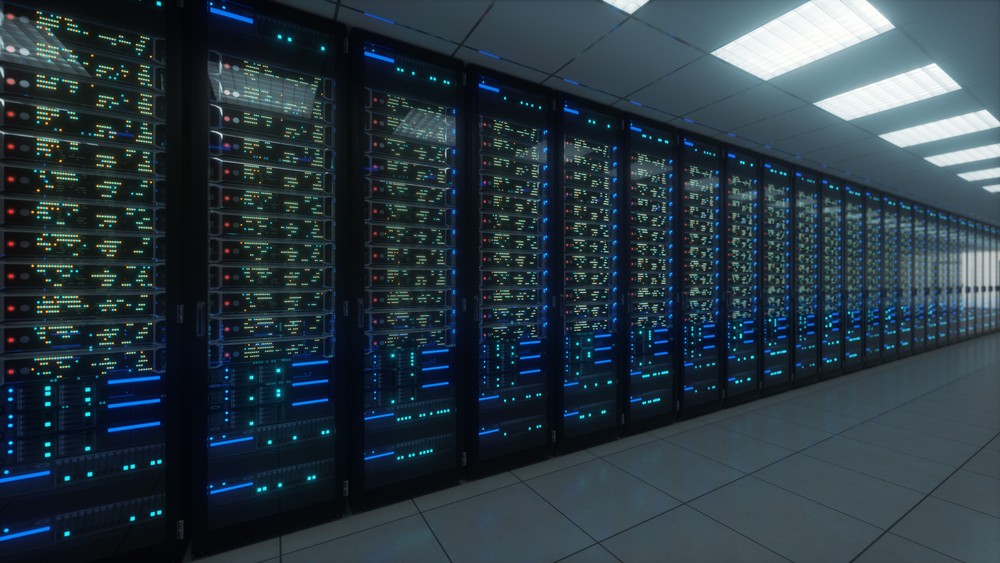Backups must now protect data centers, endpoints, multiple clouds and SaaS – and this data is growing 33 times faster than those who manage it. While ransomware is certainly not new, cybercriminals took advantage of the remote work environment of 2020 to launch even more sophisticated attacks. In 2020 alone, ransom payments jumped 31 percent to $233,817 and 51% of businesses reported being impacted by ransomware, account takeover attacks, or phishing schemes. Cybercriminals are continuously adapting their methodologies to increase their success rates – for example, attackers may delay encrypting their victims' systems and will use that time to steal admin credentials that they can later use to distribute the ransomware payloads throughout the compromised environment.
Though the financial realities of the pandemic have stretched budgets for many organisations, it’s crucial that businesses allocate resources for backup solutions as part of their overall cybersecurity strategy. Many companies had already begun thinking of their backup and security strategies as interconnected, and the continued evolution of the cybercrime landscape has made this shift in thinking a necessity. As the data environment continues to grow in complexity for organisations of all sizes, it’s crucial that businesses equip themselves with integrated solutions that span both traditional security and backup functions to help prevent, anticipate and mitigate account compromise and data loss.
Organizations should look for unified BCDR solutions that use artificial intelligence (AI) and machine-learning to detect suspicious patterns and alert administrators to ransomware before it spreads. Solutions with anti-phishing defence capabilities provide another layer of protection from credential compromise, ensuring that phishing attacks are stopped before an account takeover attack takes place.
A truly unified solution that provides a single view of the entire data landscape is critical, as moving between multiple systems wastes time and increases room for error. Technicians can spend up to 33% of their day monitoring, managing and troubleshooting backups, so automated solutions that proactively fix common problems in the backup environment are key to increasing productivity and securing the environment. Since many organisations may be wary of large capital expenditures due to the impact of the pandemic, a subscription-based model allows for organisations to allocate resources for data protection as an operating expense.
By prioritizing a unified BCDR solution, companies of all sizes can build comprehensive uptime strategies no matter where their data lives and adequately protect their data from ever-evolving cybersecurity threats.




